Space
Sign up for our newsletter
We summarize the week's scientific breakthroughs every Thursday.
-
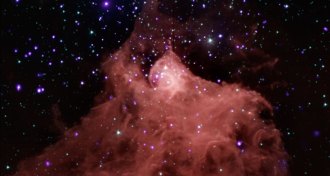 Astronomy
AstronomyIce in space might flow like honey and bubble like champagne
Zapping simulated space ice with imitation starlight makes the ice act more like a liquid than a solid, meaning similar ices in space might be good places for organic chemistry.
-
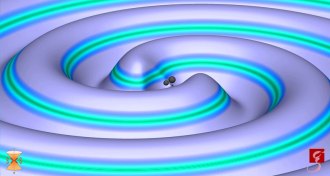 Physics
PhysicsTrio of detectors tracks gravitational waves to their home
LIGO and Virgo spot spacetime ripples in their first joint detection.
-
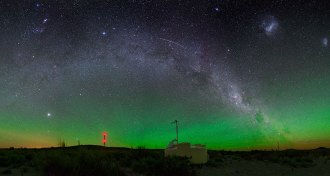 Astronomy
AstronomyUltrahigh energy cosmic rays come from outside the Milky Way
The biggest cosmic ray haul ever points toward other galaxies as the source of the rays, not our own.
-
 Astronomy
AstronomyReaders ponder mini-spacecraft and Canaanites’ genomes
Readers have questions about miniature spacecraft project and Canaanite genealogy.
-
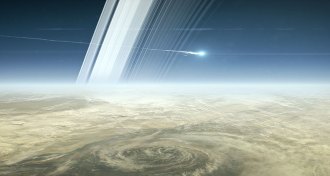 Astronomy
AstronomyR.I.P. Cassini
After 20 years, nearly 300 orbits and pioneering discoveries, the Cassini spacecraft plunges to its death in Saturn’s atmosphere — taking data until its very last breath.
-
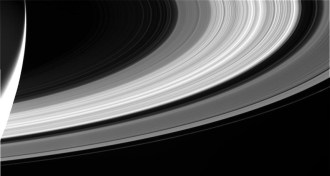 Astronomy
AstronomyThese are Cassini’s parting shots of the Saturn system
In its last hours before plunging into Saturn’s atmosphere, the Cassini spacecraft turned its cameras to some of the system’s well-known features.
-
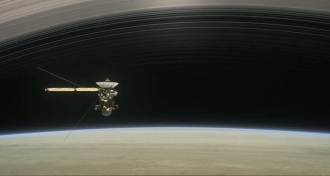 Planetary Science
Planetary ScienceThe Cassini probe dies tomorrow. Here’s how to follow its end
Science News is on the scene at NASA’s Jet Propulsion Laboratory for the big finish of the Cassini mission to Saturn.
-
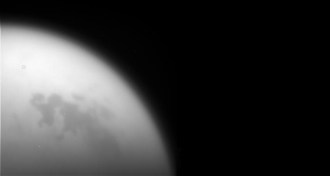 Astronomy
AstronomySo long, Titan. Cassini snaps parting pics of Saturn’s largest moon
The last swing past Saturn’s largest moon sent Cassini heading directly towards the planet — and showed how future spacecraft will explore other moons.
-
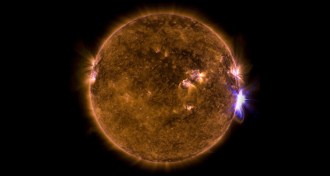 Astronomy
AstronomyThe sun’s strongest flare in 11 years might help explain a solar paradox
The sun tends to release its biggest flares at the ends of solar cycles — and we might finally be able to test why.
-
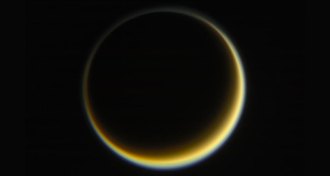 Astronomy
AstronomyFinal flyby puts Cassini on a collision course with Saturn
A “last kiss goodbye” with Saturn’s largest moon sent the Cassini spacecraft on its final trajectory into the planet’s atmosphere.
-
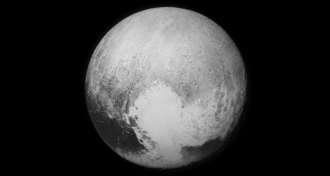 Astronomy
AstronomyPluto’s pits, ridges and famous plain get official names
From Adlivun to Voyager, the International Astronomical Union officially names 14 surface features on the dwarf planet.
-
 Planetary Science
Planetary ScienceReaders were curious about rogue planets, exomoons and more
Readers had questions about rogue planets, human arrival in Australia, and exomoons.